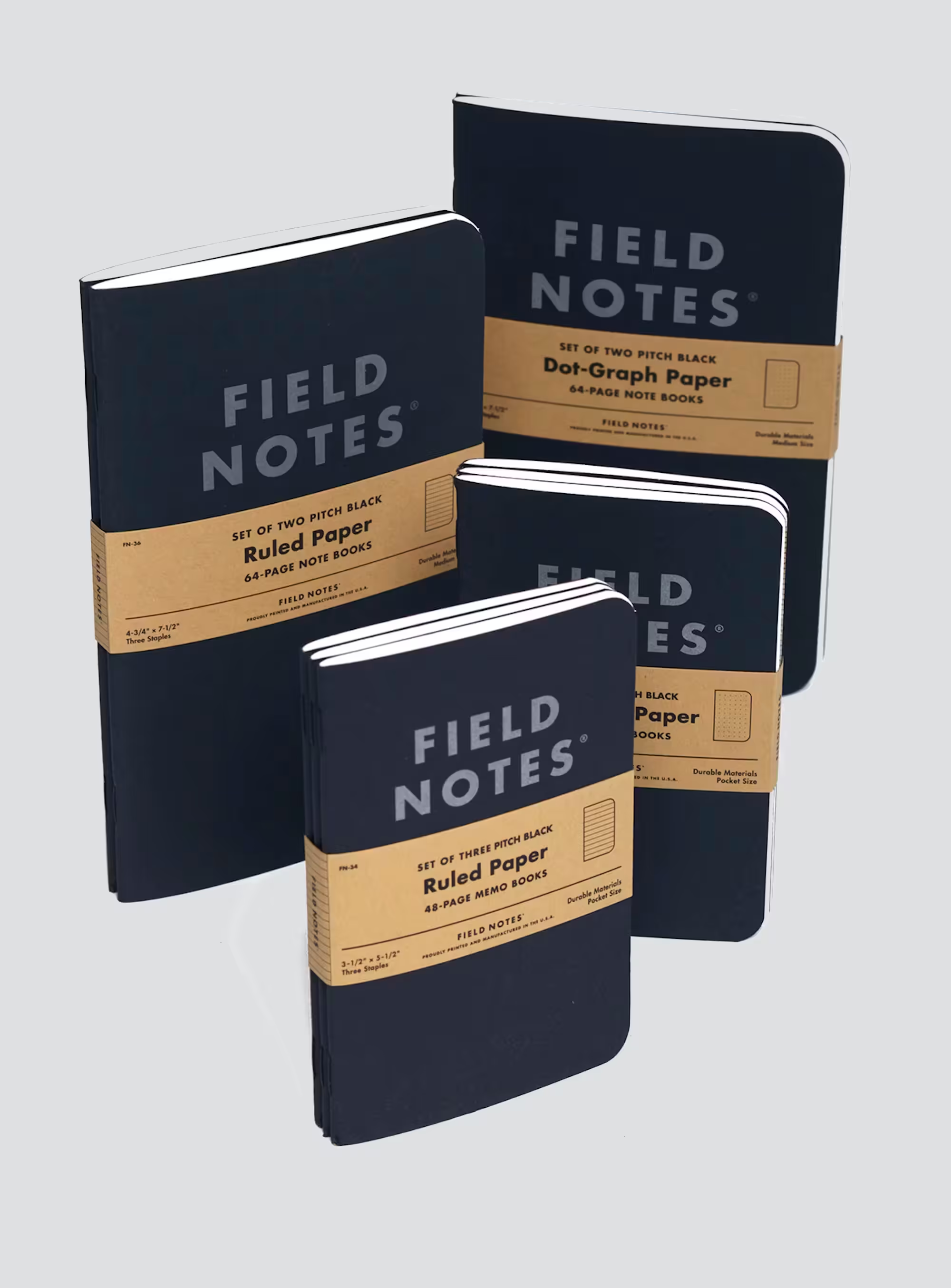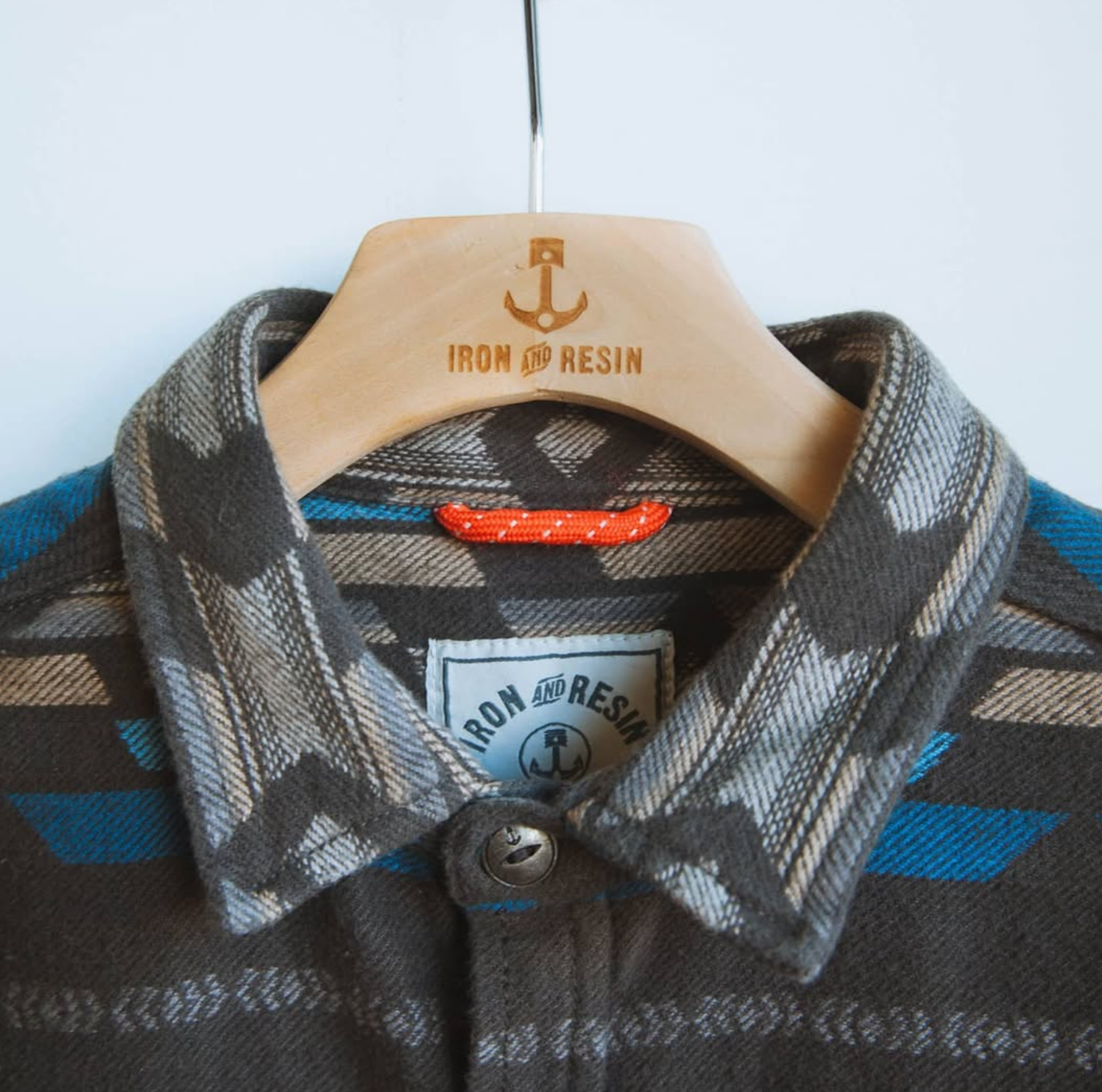Peacoat
The peacoat is a timeless outerwear staple, celebrated for its durability, practicality, and classic design. Its blend of functionality and refined appeal has made it a go-to choice for decades, whether braving cold weather or adding a polished layer to everyday wear.
Rugged Style Significance
The peacoat has come to symbolize resilience, reliability, and understated style. Rooted in naval heritage, it serves as a reminder of its utilitarian origins and the men and women who braved the seas while wearing it. Its evolution into civilian life reflects its universal appeal, embraced by individuals spanning generations and lifestyles. From its practical role on ship decks to its widespread use on city streets, the peacoat remains an emblem of enduring quality.
Historical Background
The peacoat’s history is steeped in maritime tradition. Originally worn by sailors in European navies during the 18th century, it was designed to provide warmth and protection against harsh sea winds. Its name is thought to derive from “pije,” a Dutch word referring to coarse wool fabric. By the late 19th and early 20th centuries, the peacoat was adopted by the U.S. Navy, becoming an essential part of uniforms. Over time, its practicality and sharp silhouette allowed it to cross into civilian wardrobes, where it remains a trusted cold-weather coat.
Design Features
The peacoat is defined by its double-breasted front, which offers extra insulation by overlapping layers of fabric. Made from thick, heavyweight wool, it provides excellent warmth and defense against biting temperatures. Classic details include large, functional buttons often engraved with naval insignia, wide lapels that can be turned up to shield against wind, and vertical or slanted hand-warmer pockets. It typically falls to hip length, providing ample coverage while allowing ease of movement. Every feature is designed with functionality in mind, blending practicality and a neat, structured appearance.
Purpose and Versatility
The peacoat thrives in its role as a practical yet versatile coat. Its thick, insulating fabric and sturdy construction make it ideal for cold climates, whether navigating city streets or taking on outdoor adventures. It complements a range of outfits, from rugged denim and boots to tailored trousers, lending itself to both active and more refined settings. Its adaptability ensures it earns its place as a reliable everyday outer layer.
Durability and Aging
Built from dense wool, a well-crafted peacoat is designed to withstand years of heavy use while maintaining its polished appearance. Wool’s natural resistance to dirt and moisture increases its functionality, and the reinforced stitching ensures it holds up through wear and tear. Over time, the peacoat molds to its wearer, gaining character while retaining its enduring quality. Proper care, such as occasional spot cleaning, airing out, and avoiding prolonged storage in damp environments, extends its lifespan significantly.
Rugged Style Significance
The peacoat has come to symbolize resilience, reliability, and understated style. Rooted in naval heritage, it serves as a reminder of its utilitarian origins and the men and women who braved the seas while wearing it. Its evolution into civilian life reflects its universal appeal, embraced by individuals spanning generations and lifestyles. From its practical role on ship decks to its widespread use on city streets, the peacoat remains an emblem of enduring quality.





